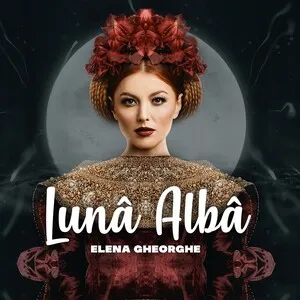Aromanian folk music is the traditional music of the Aromanian (Vlach) communities of the southern Balkans, especially the Pindus and Grammos mountain regions across today’s Greece, North Macedonia, and Albania. Sung in the Aromanian (Arman) language, a Balkan Romance tongue, the repertoire combines shepherd songs, wedding music, circle dances, laments, and narrative ballads that reflect transhumant pastoral life, migration, and communal celebration.
Musically, it draws on wider Balkan aesthetics: asymmetric meters (such as 7/8, 9/8, and 11/8), modal melodies enriched with ornaments, responsorial singing, and—locally—iso‑polyphonic textures akin to those of Epirus. Typical ensembles feature clarinet and violin over a driving rhythmic foundation (laouto, tambourine, daouli frame drum), with regional additions such as gaida (bagpipe), accordion, and zurna. The result is a vivid blend of lyrical, often melancholic singing with highly danceable instrumentals.
Aromanian folk music arises from the transhumant pastoral culture of the Aromanians (Vlachs), whose villages historically dotted the Pindus and Grammos mountains and surrounding regions. The music served essential communal functions—marking seasonal movement of flocks, weddings and christenings, and calendrical feasts—while preserving the Aromanian language through sung narrative.
During the 1800s, as Ottoman provincial life intersected with emerging national movements and regional exchange, Aromanian repertories absorbed and traded features with neighboring Greek, Albanian, Macedonian, Bulgarian, and Romanian traditions. Clarinet- and violin‑led ensembles spread widely, and asymmetric dance rhythms (7/8, 9/8, 11/8) became standard in village festivities.
The early and mid‑20th century saw selective documentation by ethnographers and sporadic commercial recordings in Balkan urban centers. After WWII, urban migration and diaspora (to Romania, Western Europe, and North America) catalyzed community ensembles that maintained language and repertoire, often presenting staged versions at festivals while preserving village variants in private and local celebrations.
Since the late 20th and early 21st centuries, cultural associations, youth ensembles, and cross‑border festivals have revitalized Aromanian music. Some artists integrate modern accompaniment (accordion, guitar, keyboards) while retaining core features: modal melodies, responsorial textures, and dance meters. Community events and regional showcases continue to sustain and transmit the style.





